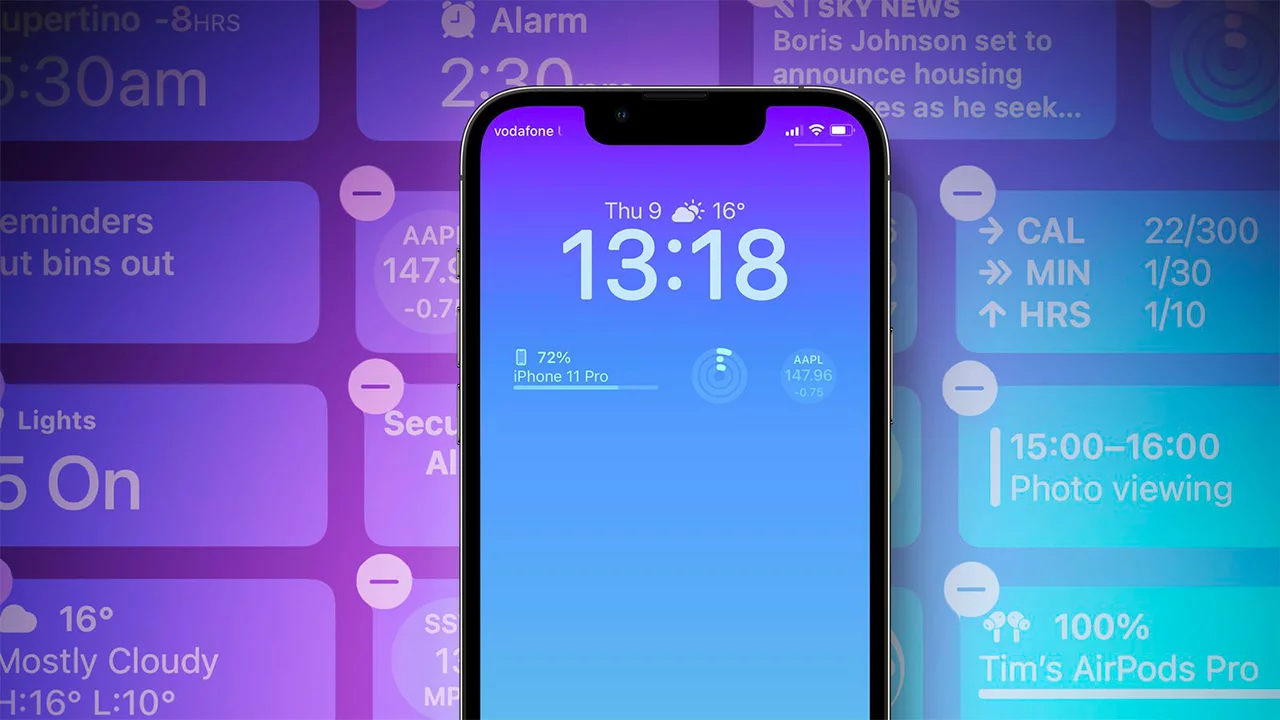This new feature will not be available on all 4 iPhone models in the 2022 range.
In the latest edition of his Power On newsletter, Mark Gurman said the iPhone 14 Pro’s always-on display will include support for iOS 16’s new lock screen widgets .
“Like the Apple Watch, the iPhone 14 Pro will be able to display widgets that show weather, calendar, activity and other data while the screen remains at a low brightness and frame rate. And there will be a setting, as well as on the Apple Watch, that prevents everyone from viewing sensitive data on the lock screen, ”Gurman writes.
The always-on display will likely also be able to show the time, date, and unread notification indicator. In line with the Apple Watch, which has been equipped with a similar feature since Series 5, Apple is likely to give users the ability to enable or disable the feature on iPhone 14 Pro models via the Settings app.
As mentioned by Gurman, the iPhone 14 Pro’s always-on display should preserve battery life thanks to a combination of low brightness and refresh rates.

Also, a few days ago it was covered that within iOS 16 three new frameworks related to the management of the iPhone display backlight were added. The management of the backlight is a fundamental aspect to enable the aforementioned function.
The always-on mode is governed by a .plist file with hidden flags that Apple engineers can enable to test the function even on unsupported devices. It is therefore clear that Apple will start testing the function already now, on current iPhones, in order to make iOS 16 readies for the next iPhone.
The always-on will certainly be exclusive to the iPhone 14 Pro both because it represents an additional function that could motivate users to purchase, and for technical reasons. The display of the iPhone 13 Pro, in fact, can scale from a maximum refresh rate of 120Hz up to 10Hz.
The always-on display of the Apple Watch, on the other hand, can scale up to a refresh rate of 1 Hz. Obviously, battery consumption must be kept to a minimum and only a 1 Hz refresh rate can do this.



Recent Comments